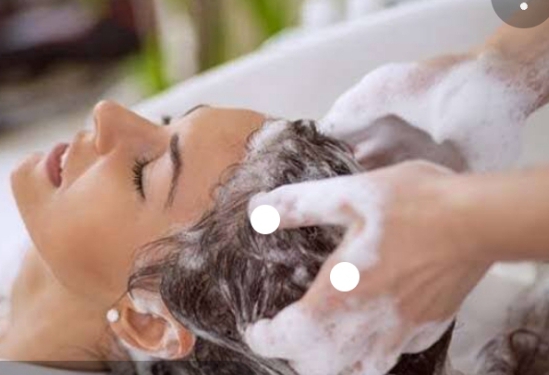First Term Lesson Note for Week Eight
Class : Primary 3
Subject : Home Economics
Topic : Hair infections (meaning and types)
Period : Single Period
Duration: 40 minutes
Reference Book :
Home Economics for Primary Schools, Book 3
Lagos State Unified Schemes of Work for Primary Schools (Primary 1 – 3)
Online Resources
Instructional Material : Charts showing the different types of hair infection.
Behavioural Objectives : By the end of the lesson learners will be able to :
i. Explain hair infections
ii. List the different types of hair infection and describe each of them.
iii. State the effects of sharing unsterilised instruments used in hair salons.
Content:
Hair infection is a disease of the hair which affects the hair follicles. This usually occurs in the root of hair or the scalp. The hair infection is common among children and can lead to loss of hair.
Examples of hair infections are rashes, ringworm, head lice, dandruff, etc.
1. Rashes are red spots on the head.
2. Head lice : are small insects that live on a person’s hair and sucks blood from the scalp. Their bites causes itching and uncomfortability.
3. Ring worm: is a skin disease that produces small round areas on the head. It leads to loss of hair.
4. Dandruff: is a white dust on a person’s hair. It causes scratching of the hair.
Effects of sharing unsterilised instruments in hair salons.
Unsterilised instruments are hair care materials or tools that have not been thoroughly cleaned. It is dangerous to share such instruments with other people. It is also harmful share instruments for taking care of the hair that everybody uses in the hair dressing and baring salon.
Some of the effects of using unsterilised instruments are:
i. Infections of hair such as dandruff, ringworm lice etc
ii. HIV/AIDS infection: There is a risk of contracting HIV/AIDS when awe use unsterilised instruments in hair salons used by other people who may have the disease.
Processes of keeping the hair well groomed
To keep the hair in good condition and prevent infections, the following steps could be taken:
a.) Cutting the hair short and washing everyday and keep it shiny and attractive by using hair cream and combing it properly.
b.) Weaving the hair keeps it tidy, neat and attractive.
c.) Plaiting the hair.
d.) Perming the hair: This is the use of hair chemical to help make it soft, beautiful and easy to manage.
e.) Using wig or weave-on
Presentation Step:
Step 1: The teacher revises the previous lesson with the learners by asking questions orally.
Step 2: He/ she introduces the new topic to the learners by asking the learners, “what are hair infection? ”
Step 3: Identify and list examples of hair infections.
Step 4: State the effects of sharing unsterilised instruments used in a salon.
Step 5:
Evaluation:
1. What is hair infection?
______________________________________________
2. Name three types of hair of hair infections
________________, ___________ and _____________
3. The hair infection whereby small insects sucks blood from the scalp is called __________. (a) ringworm (b) head lice (c) rashes
Conclusion: At the end of the lesson, learners were able to answer the questions correctly.
Assignment:
1. Give two effects of using unsterilised instrument in a salon.
i. ___________________________________________
ii. ___________________________________________
2. Mention any three processes of keeping the hair well groomed.
_____________________________________
_____________________________________
_____________________________________
